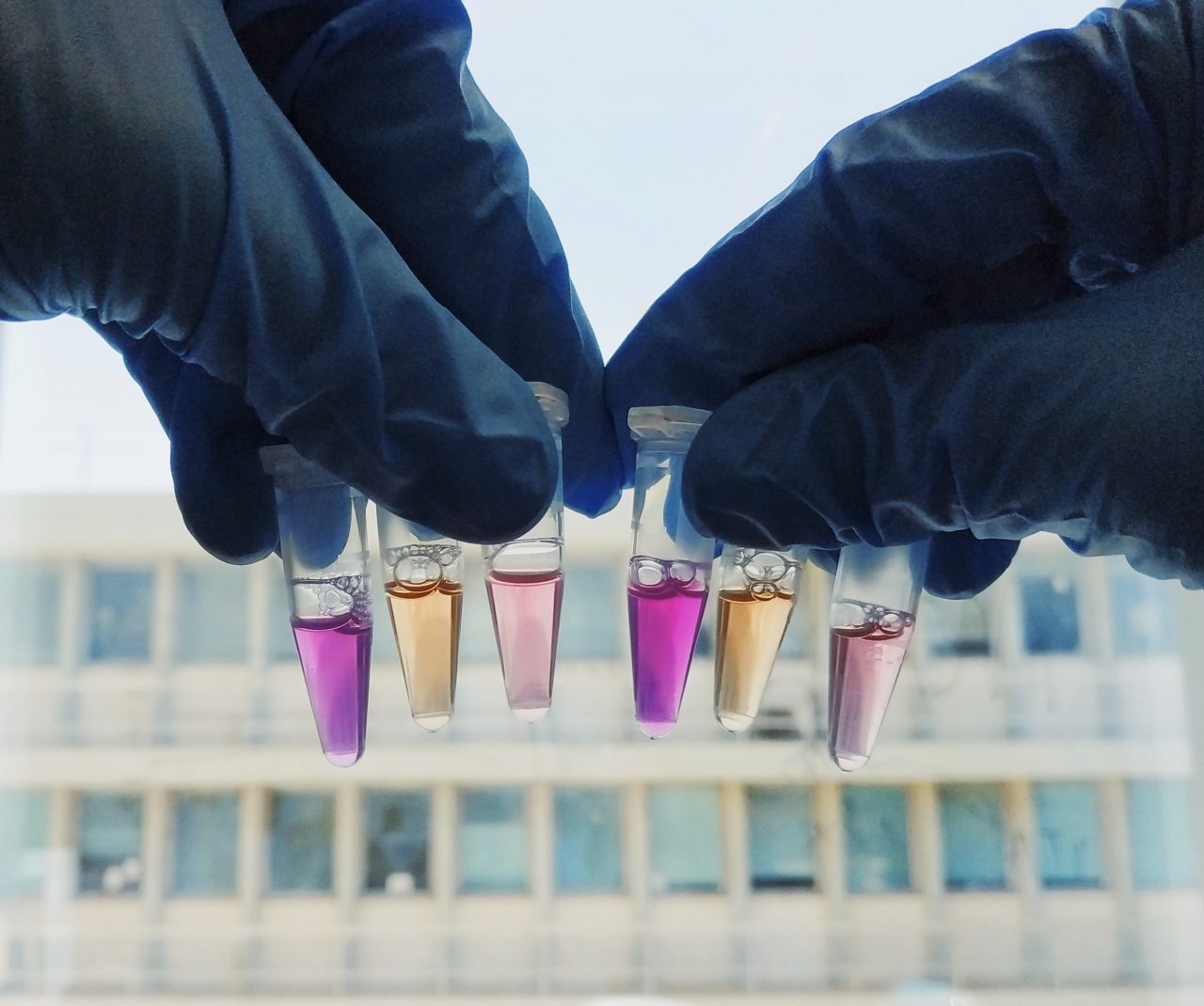Why Do Microbes Have Eyes?
{{ time.start_TS | TS2dateFormat('MMM') }}
{{ time.start_TS | TS2dateFormat('YYYY') }}
| Free of charge |
| Book your ticket in advance online or at the box office in the Foyer. |
| Duration: 60 min |
| 14 years and older |
| English |
| Humboldt Lab, 1st floor |
| max. 25 persons |
Few people know that humans and animals are not the only creatures that can see light. Some microbes, for instance, have proteins in their genome which allow them to perceive light. An example is the green microalgae Chlamydomonas: It reacts to a certain light spectrum and swims towards it. There are also bacteria and viruses that have light-reactive proteins – so-called rhodopsins. Why these tiny organisms need them is almost unknown.
What biologists, physicists, and neuroscientists know for certain is that rhodopsins are fascinating, since they are able to make any “blind” neuron into one that reacts to light. For many sciences, this opens up revolutionary new applications: In a human trial, rhodopsins allowed a blind man to detect objects for the first time in 47 years.
In the series “Meet the Scientist”, the marine microbial ecologist Alina Pushkarev offers visitors a glimpse into the astonishing field of light-sensitive algae – and talks about, how these tiny organisms could change the future of neuroscience.
LECTURES
Alina Pushkarev holds a Bachelor of Science and a Master of Science from the Hebrew University of Jerusalem where she studied Bio-Medical sciences. After researching the pathogenicity mechanism of Salmonella, she changed her subject to marine microbiology and completed her Ph.D. at the Technion, in Haifa, Israel. During her Ph.D. she was able to discover a new family of light-reactive proteins and published her findings in one of the most prestigious journals in the academic world – “Nature”. Currently, she is doing her post-doctorate in the laboratory of Professor Peter Hegemann at Humboldt University of Berlin.
